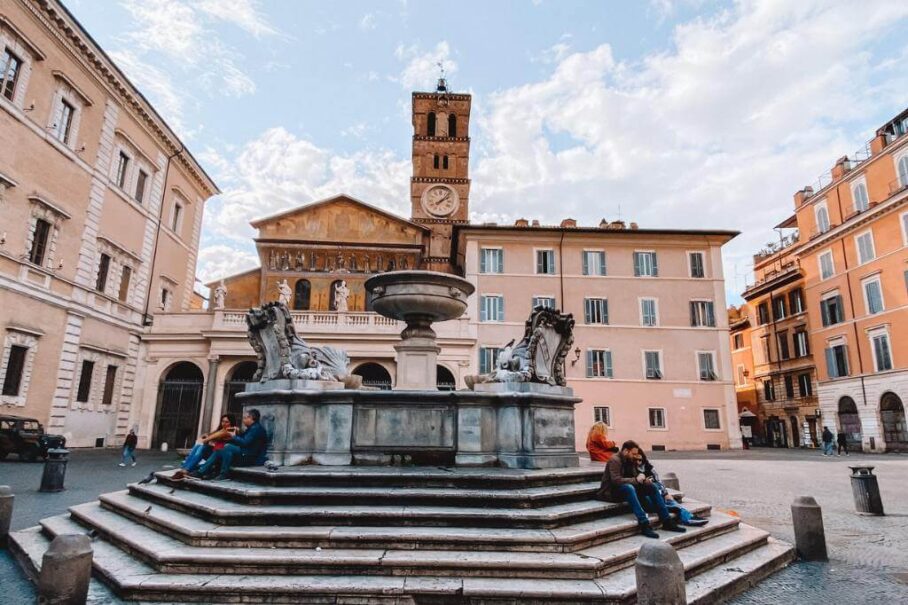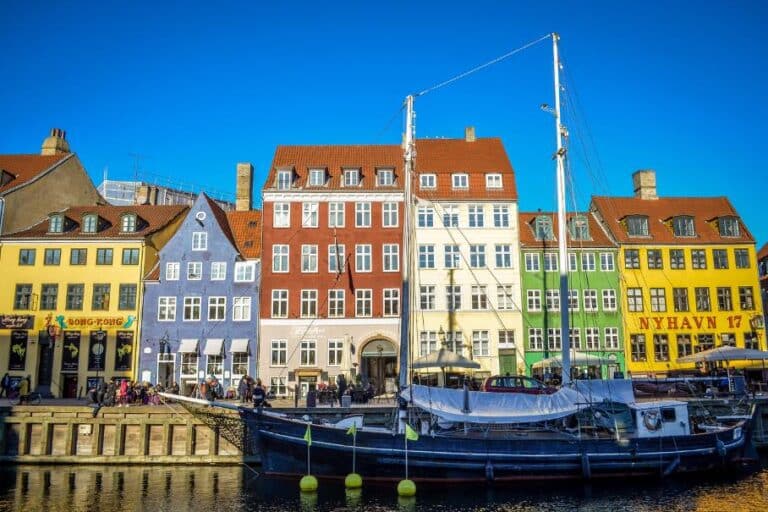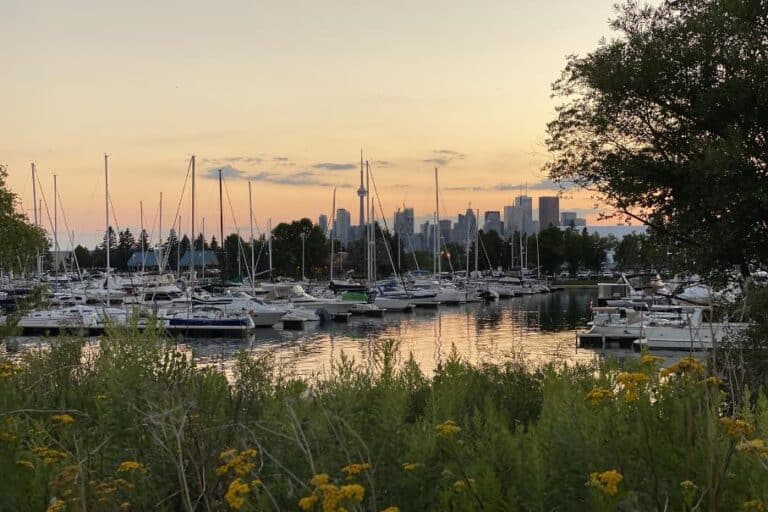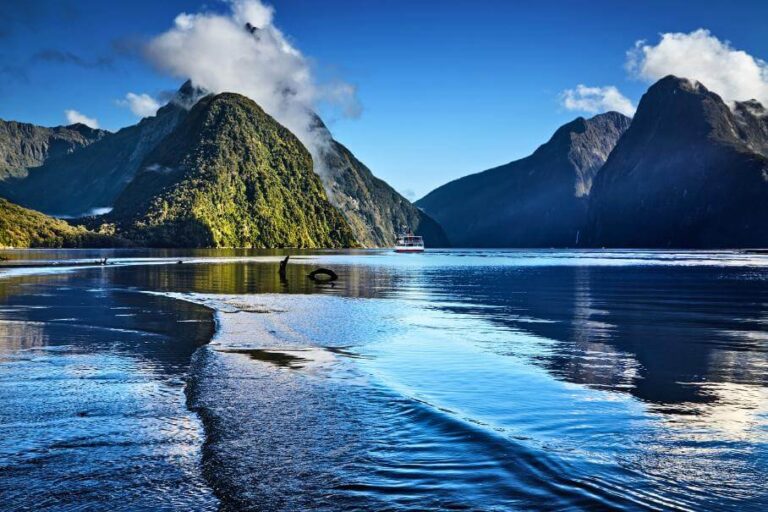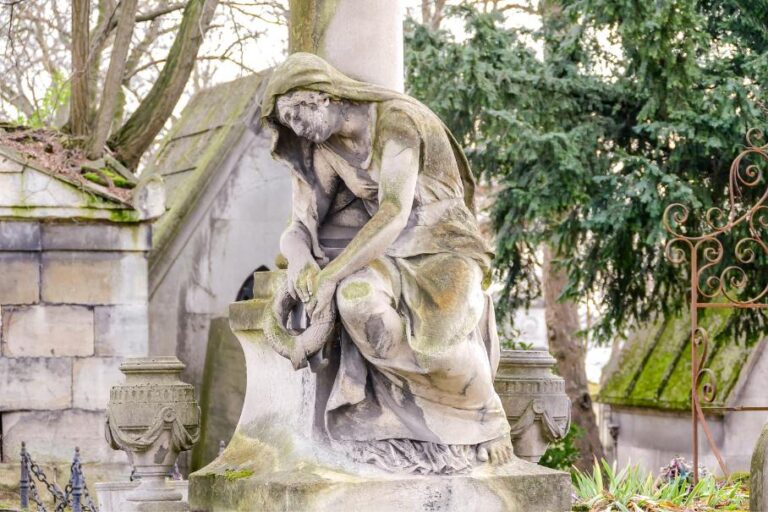Ruins & Romance: Aristocratic Grand Tour of Europe
As the most visited continent, Europe is a popular tourist destination. Today, anyone can explore European cities and cultures. However, travel in the past was limited and only accessible to the wealthy. Enter the Grand Tour, the rite of passage of the young English aristocrats (not Jeremy Clarkson’s TV series). It was all the rage during the 17th and 18th centuries.
The concept of a Grand Tour of Europe was revived in the post-war world. Many students went on a gap year, which included backpacking through Europe. It was a way to find themselves before embarking on the realities and responsibilities of adulthood. Same idea, with two different approaches. It’s still a popular activity today.
What was the Grand Tour of Europe?
Before budget airlines and high-speed trains, travel across Europe was a luxury few could afford. In the 17th and 18th centuries, the Grand Tour became a rite of passage for wealthy young aristocrats (especially those from England) who set off to experience the cultural wonders of Europe before settling into adult life.
They would embark on this adventure searching for art and cultural experiences, usually accompanied by a tutor/guardian. It was about becoming polished, worldly and educated. Think of it as the OG gap year with more powdered wigs and fewer backpacks.
The European Grand Tour lasted anywhere from several months to several years. Yes, years. That means you had to have enough wherewithal to cover lodgings, transportation and extra-curricular activities for you and your companion. While it was supposed to be a learning experience, unsurprisingly, it often resembled a life of debauchery. These young men were more interested in drinking, gambling and amorous liaisons than in sketching ruins and journaling about their experiences.
What happened on the Grand Tour of Europe?
The whole purpose of the Tour was to further one’s education. These young men would have received the best education available in school, including philosophy, literature, art, architecture and languages. The tour was like a rite of passage deemed necessary for these young men before they assumed their roles in society and politics.
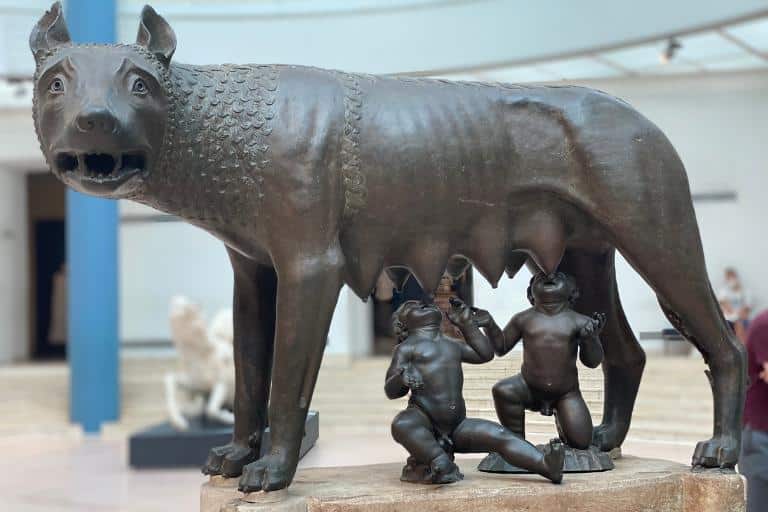
Travel to the continent was intended to broaden their horizons, impart some social polish, and establish important connections. These young men would often travel with letters of reference that secured them an audience with many influential people, including French and Italian royalty and British diplomats stationed abroad.

In addition to making valuable contacts, the Tour provided awareness and exposure to other cultures and foreign lands. Today, we still travel to foreign places to learn about the customs and cultures that are different than our own. They just did it with more resources.
What was the European Grand Tour itinerary?
The European Grand Tour generally started in London. The travellers would have to make their way to Dover, where they crossed the English Channel to Calais, France. It’s worth mentioning that the passage could be a gruelling experience, and many risked getting sea-sick, ill or shipwrecked. It took about three days to cross the Channel.
NOTE: Countries like Italy, Germany and Switzerland didn’t exist in the way we know them today. The Grand Tour route passed through independent states, duchies, and kingdoms. But for simplicity, I’ll refer to them by their modern names.
France
Paris has always been the cultural centre of Europe. Many young men came here to refine their manners, clothes and the experience of the French court and high society. It’s easy to see how seductive Paris might have been to a young man finally on his own with a considerable amount of money at his disposal. It’s also unsurprising that those with enough resources would stay in Paris for an extended time.
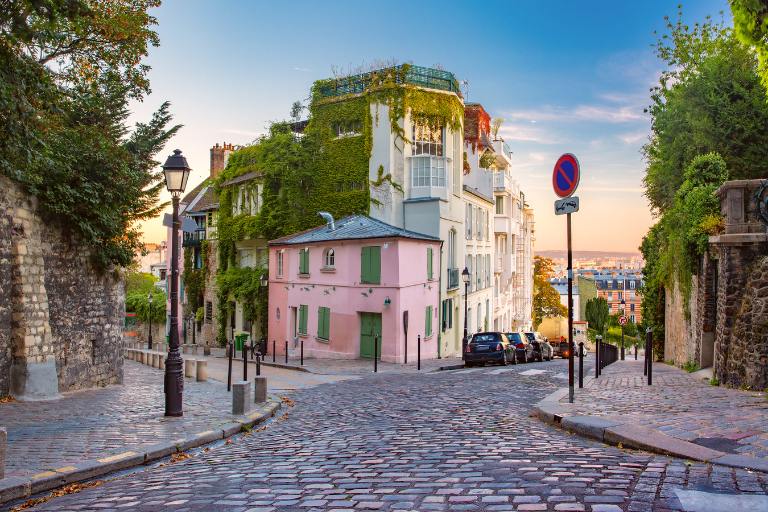
Those with less monetary wealth often made Paris their primary destination and stayed there before returning home. Those who had more money at their disposal travelled to their next destination. It was often through the Alps to Switzerland before arriving in Italy.
Italy
The itinerary of the Grand Tour of Europe was not set in stone. However, after Paris, it was commonly accepted that one travelled on to admire Italy’s art, culture and history. Crossing the Alps was a challenging experience as there were no trains or carriage roads. The journey would be made by dismantling a carriage and using a mule and numerous pulleys to carry it over.
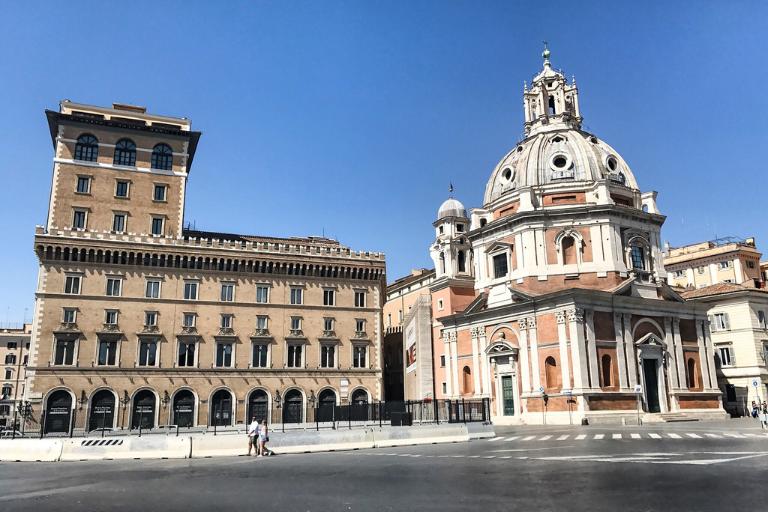
While you could have arrived by boat in Genoa, the threat of pirates made that a riskier choice. Those who made it to Italy were rewarded with an unparalleled experience. Venice, Florence, Rome and Naples were the standard route, although you could have ventured out to other places.
Thanks to the rise and influence of the Renaissance in the 14th to 16th centuries, Italian culture became the dominant force in Europe. As Italian artists, painters and scholars travelled to other European courts, they brought an appreciation for philosophy, arts, literature and fashion.
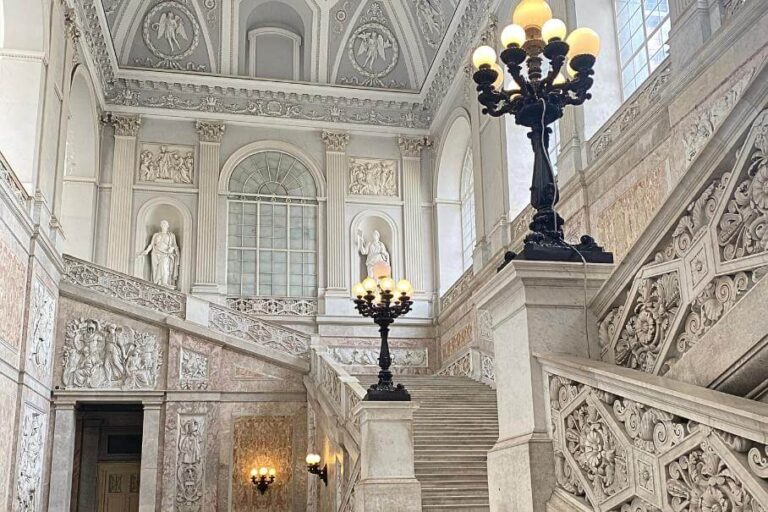
It’s not surprising that many would want to visit Italy and see the glory of what was once the Roman Empire for themselves. This became especially popular after the rediscovery of Pompeii and the nearby towns. We still do that today, and if you’re like me, you love exploring ancient ruins.
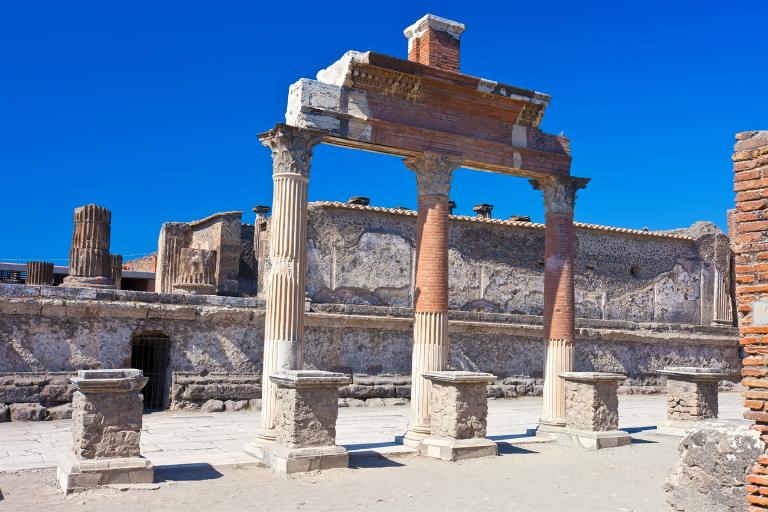
As most travellers ended their tour in Italy, they made their way back home in a similar manner or by travelling through similar routes before boarding the ship back home. The journey there and back could be lengthy, adding approximately six months to the total time.
With the revival of interest in the classical world, you might wonder why Greece wasn’t on the Grand Tour of Europe itinerary. That’s because Greece was under the Ottoman Empire’s rule and not as accessible to young men on a European tour. It’s not to say that travellers didn’t go there. It just wasn’t a common stop on the Tour for most people.
The legacy of the European Grand Tour
The Grand Tour’s focus on studying and collecting art allowed many to bring home paintings, artworks, antiques and great souvenirs. Many of these acquired pieces ended up decorating their homes back home. Eventually, many of these priceless collections became part of museums in London today.
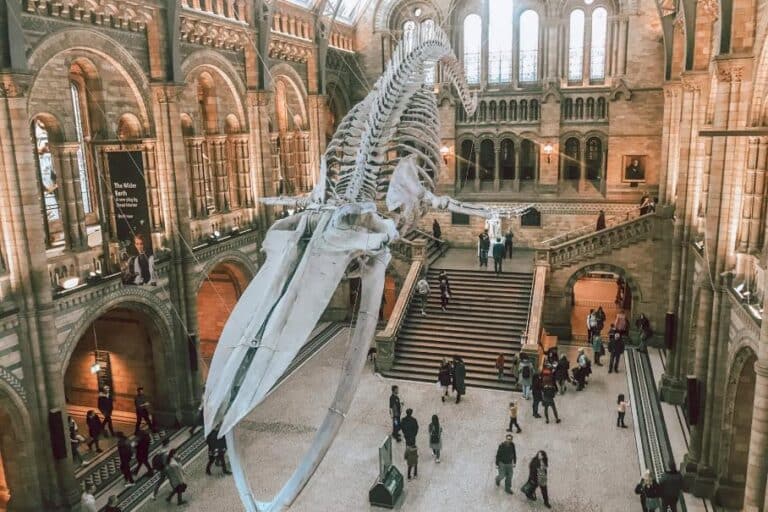
While many young men were rowdy and caused many issues with their behaviour and drunkenness, many took advantage of their experience. The same privilege that made the Tour possible was often credited for producing notable authors, scientists, patrons of the arts and scholars. These men brought with them the knowledge and experience that enhanced the cultural richness of their home.
Another familiar legacy of the Tour was the creation of guidebooks and tour guides. Without widely available tourist information, travellers would have to rely on the experience of others. It wasn’t that difficult to come up with an itinerary and recommendations when everyone travelled pretty much the same route.
What ended the Grand Tour?
The relative peace in Europe, especially along the route, was a key factor in the flourishing of the Grand Tour. While travellers had to be on the lookout for thieves, they didn’t have to travel through battlefields. The end of the Seven Years’ War in 1763 guaranteed a steady flow of visitors to Europe.
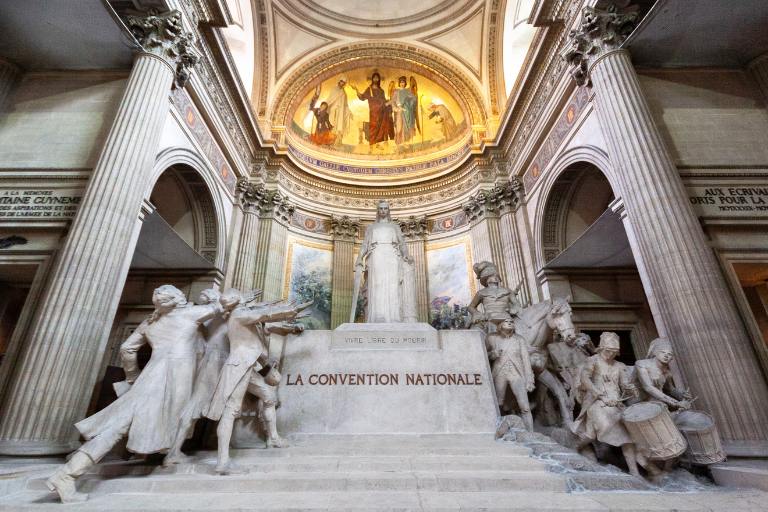
So what put an end to this great pastime? Well, the French Revolution and Napoleon. Once he invaded Italy in 1796, that was the end of the Grand Tour. You might wonder why it didn’t just resume after the war ended. That’s because travel itself changed, officially marking the end of the Grand Tour.
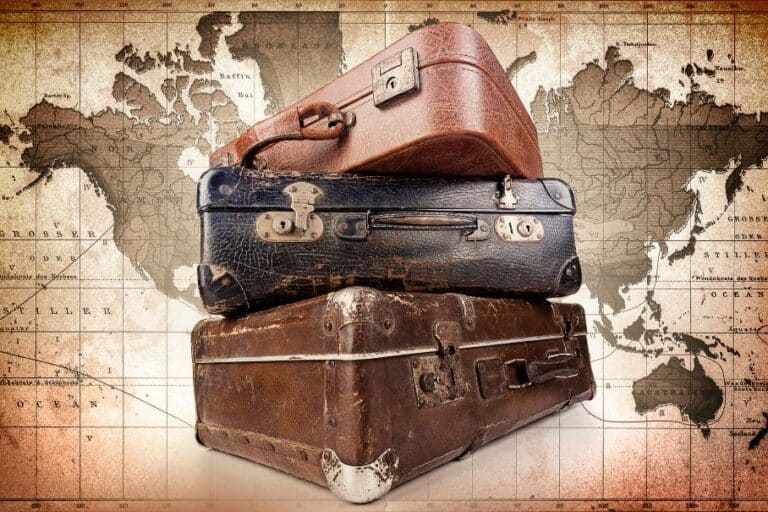
People like Thomas Cook changed the way we travel. Remember the guides and itineraries created to assist those on Tour in navigating the way? Cook was the first to recognize the profitability of packaged holidays and organized group tours as early as 1841. The Industrial Revolution led to the creation of wealth and enabled many who would otherwise be unable to travel to do so. You no longer had to be a wealthy aristocrat to travel to the continent.
The European Grand Tour in the 21st century
Here is a suggested itinerary comparable to that of the European Grand Tour. You can shorten this to about two weeks, but I recommend at least three weeks for a more in-depth experience. You can always add other destinations to suit your itinerary as they are very accessible from these locations.
- London: 3 days
- Paris: 3 days, 5 if you want side trips to Versailles and the Loire Valley
- Venice: 2 days
- Florence: 3-4 days
- Rome: 4 days
- Naples: 3-4 days, including a visit to Pompeii and/or Herculaneum
As there are 44 countries in Europe, the possible combinations of itineraries can be endless. You can organize them by physical proximity, themes or duration. You can even create detailed itineraries of individual countries with numerous tourist offerings. Planning multiple destination travel is easy once you know where you want to go.
Final thoughts
Present-day Europe has excellent connectivity and a robust transportation network. Travelling between different countries and cities is now more affordable and accessible than it was in the past. It’s also safer, and travellers have access to detailed information about destinations before leaving their homes. You no longer have to travel with a personal entourage to carry your belongings, attend to your needs, and ensure your clothes are ready to wear.
As a traveller and a history fangirl, I find the evolution of travel fascinating. There are many things we take for granted today that were previously unthinkable. Travelling alone, especially solo as a female, is not uncommon. You can backpack, stay in hotels or luxurious hotels, sail the Mediterranean on a yacht or tour with a group. The options are endless. It makes you realize how fortunate we are today.

